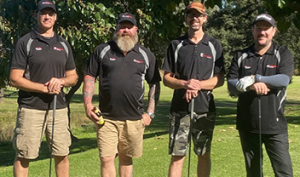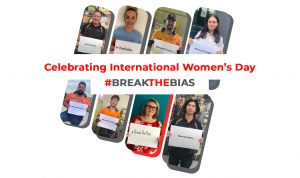
RISK MITIGATION MAY DRIVE INSURANCE PREMIUMS DOWN
Australia’s resources sector has an enviable record when it comes to health and safety performance.

Australia’s resources sector has an enviable record when it comes to health and safety performance.

From swinging a golf club to giving up the booze for a month, the Elastomers Australia team continues to support a range of charitable causes.

Elastomers Australia celebrates International Women’s Day.
Thank you to all the wonderful staff we have as part of our team and for playing your part in #breakingthebias to ensure we keep building a diverse workforce.